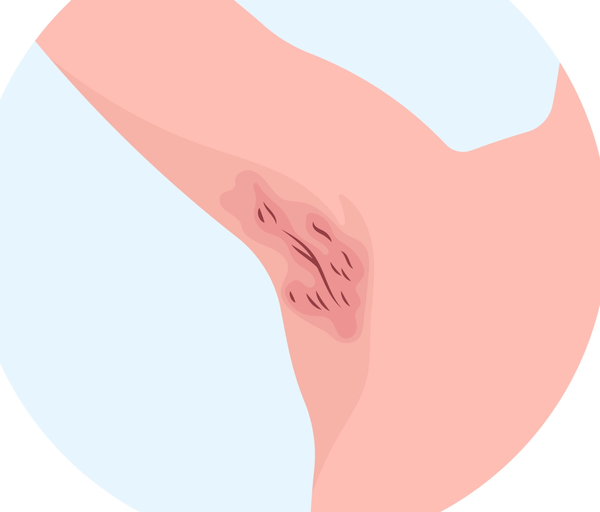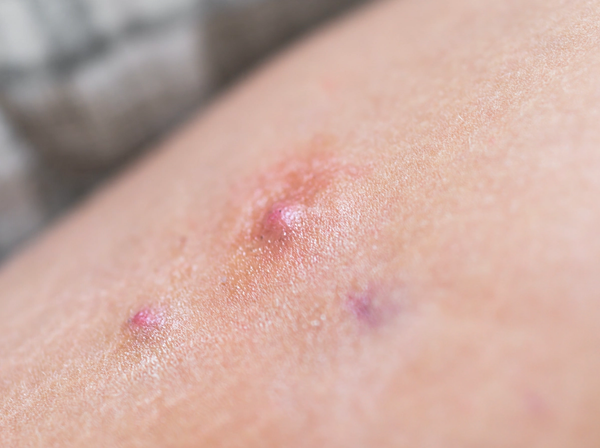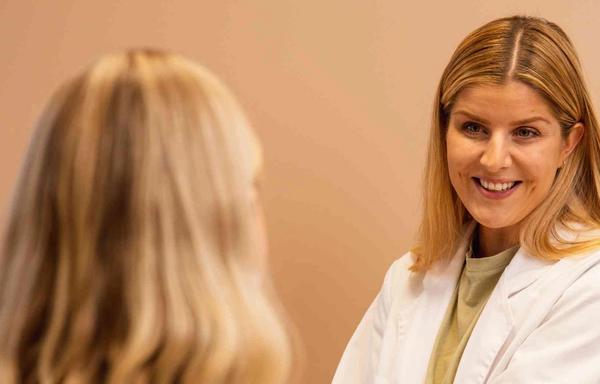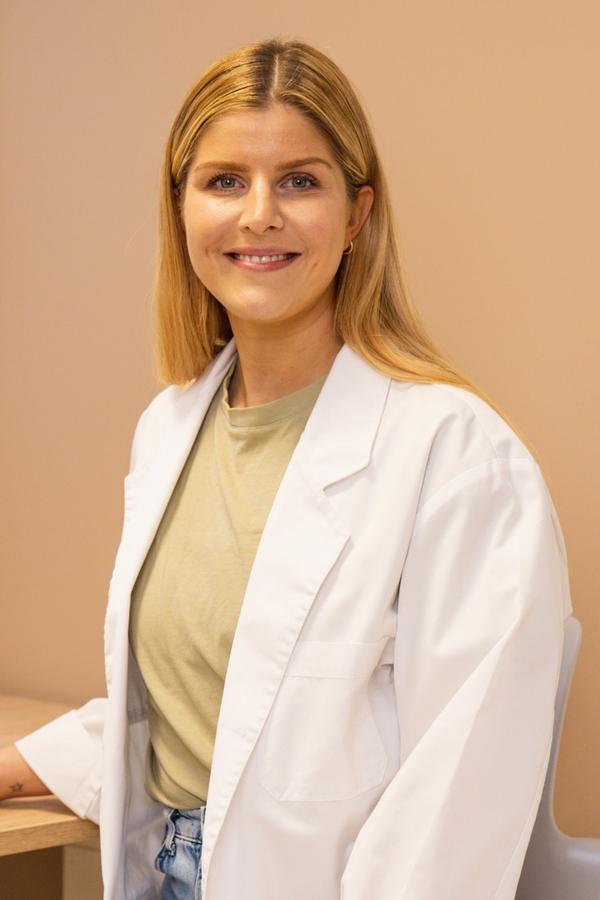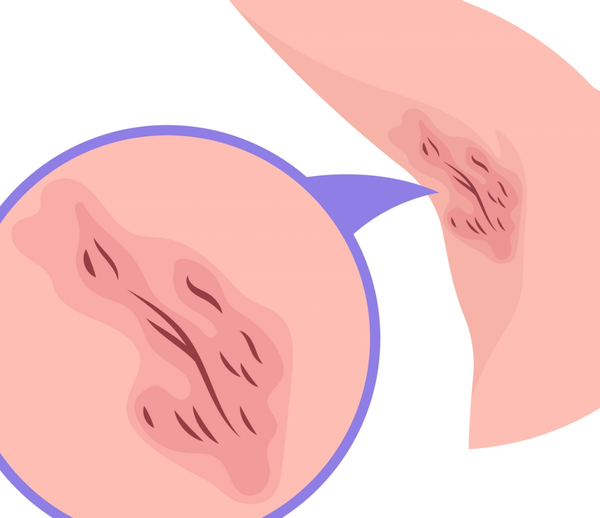Hidradenitis suppurativa
Do you struggle with painful lumps and boils in your armpits, groin or other areas? It could be HS, also known as sweat gland inflammation.
Hidradenitis suppurativa (HS) is a chronic skin disease that causes painful, inflamed balls and boils in areas of sweat glands. Although the condition can be challenging to live with, there are effective treatment options that can provide relief and improve quality of life.
Read on to learn more
Book an appointment with Dr. Dropin's foremost expert on HS